Sourav Pan
Transcript
Welcome to our exploration of Xanthophyta, commonly known as yellow-green algae. These fascinating microorganisms represent one of nature’s most diverse and important algal groups.
Xanthophyta are a remarkably diverse group of algae, with over 600 known species distributed across our planet. Each species has adapted to specific environmental conditions, creating a rich tapestry of life forms.
These algae are primarily found in freshwater environments, though they can also inhabit marine settings, damp soils, and even grow on tree trunks. Their adaptability allows them to thrive in various ecological niches.
What makes Xanthophyta truly distinctive is their unique pigmentation. They contain chlorophyll a and e, along with xanthophylls and carotenoids, but notably lack chlorophyll b and fucoxanthin. This specific combination gives them their characteristic yellow-green appearance.
Let’s look at some examples of Xanthophyta diversity. Here we can see four different genera: Botrydium, Chlorogloea, Chlorothecium, and Tribonema. Each has evolved unique structural adaptations for their specific environments.
Xanthophyta play crucial ecological roles in their environments. They contribute to primary production, help stabilize sediments, and provide habitat and food for other organisms. These unsung heroes of the algal world are essential components of aquatic ecosystems.
Throughout this series, we’ll dive deeper into the fascinating world of Xanthophyta, exploring their unique structures, reproduction methods, and ecological significance. We’ll pay special attention to the genus Vaucheria, one of the most well-studied and ecologically important members of this group.
Xanthophyta, or yellow-green algae, are remarkably adaptable organisms that have colonized a wide variety of environments across our planet.
Xanthophyta are predominantly found in freshwater environments. They thrive in lakes, rivers, ponds, and streams where they form an important part of the aquatic ecosystem.
While freshwater is their primary home, many Xanthophyta species have also adapted to marine environments, including coastal waters, tidal pools, and shallow seas.
Surprisingly, Xanthophyta can also be found in terrestrial environments! They grow on damp soils, tree trunks, and moist bark surfaces, as shown in this example of a tree trunk habitat.
The distribution of Xanthophyta can be quite patchy, with some species being relatively rare. As we can see under the microscope, these algae have adapted to thrive wherever moisture is available.
So remember, whether you’re exploring a freshwater lake, walking along a marine coastline, or examining a damp forest floor, you might just encounter these fascinating yellow-green algae!
The distinctive yellow-green color of Xanthophyta comes from a unique combination of photosynthetic pigments. Let’s explore what makes these algae special.
Xanthophyta contain four main types of pigments. First, they have chlorophyll a, the primary photosynthetic pigment found in most plants and algae.
They also contain chlorophyll e, which is less common and helps capture additional light wavelengths for photosynthesis.
Xanthophylls are yellow pigments that protect the cell from damage and contribute to the yellow coloration we see.
Finally, carotenoids provide orange and red pigments that also help with light harvesting and protection.
Here we can see the molecular structure of chlorophyll a, with its characteristic ring structure and central magnesium atom that captures light energy.
What’s equally important is what Xanthophyta lack. They do not contain fucoxanthin, a brown pigment found in many other algae groups.
They also lack chlorophyll b, which is found in green algae and land plants. This absence is crucial for their distinctive coloration.
This absorption spectrum shows how chlorophyll a and chlorophyll b absorb different wavelengths of light. The absence of chlorophyll b in Xanthophyta affects which colors they can absorb.
Think of it like a recipe. Xanthophyta combine chlorophyll a and e with yellow xanthophylls and orange carotenoids to create their distinctive yellow-green appearance.
The absence of fucoxanthin and chlorophyll b is just as important, as these would change the color significantly if present.
This unique pigment combination not only gives Xanthophyta their name, but also affects how efficiently they can photosynthesize in different light conditions.
The cell wall of Xanthophyta is one of their most distinctive features. Understanding this structure helps us identify and classify these unique yellow-green algae.
Cell walls are protective barriers that surround algae cells, providing structural support and shape. Most algae have cell walls made primarily of cellulose, but Xanthophyta are different.
Here we see a typical cell wall structure found in many algae. Notice the cellulose microfibrils – these are the main structural components that give strength to most algae cell walls.
Most algae have cell walls that are rich in cellulose, which provides rigidity and strength. But Xanthophyta break this pattern.
Here’s what makes Xanthophyta special: their cell walls often lack cellulose entirely. This is quite unusual in the algae world and makes them stand out.
These are actual Xanthophyta cells. While they may look similar to other algae, their cell wall composition is fundamentally different.
This unique cell wall composition is crucial for scientists. It helps them identify Xanthophyta species and serves as a key feature for classification.
Think of it as their cellular fingerprint – just like human fingerprints are unique, the cell wall composition helps distinguish Xanthophyta from other algae groups.
The key takeaway is that Xanthophyta cell walls often lack cellulose, making them unique among algae groups. This structural difference is fundamental to understanding these fascinating organisms.
Xanthophyta, or yellow-green algae, are remarkably diverse in their structural forms. This diversity is one of their most fascinating characteristics, allowing them to thrive in many different environments.
The simplest life form of Xanthophyta is unicellular. These are single-celled organisms that live independently. Each cell contains all the necessary structures for life, including chloroplasts for photosynthesis.
Filamentous forms are thread-like structures made of connected cells arranged in chains. These can form simple linear filaments or complex branching patterns, creating larger multicellular organisms.
Here we can see actual examples under the microscope. Notice the long segmented filament and the single-celled organism with its pointed end – perfect examples of this structural diversity.
The diversity is truly remarkable. Different genera show completely different forms – from spherical Botrydium to oval Chlorogloea cells, dense colonies of Chlorothecium, and segmented Tribonema filaments.
This structural diversity is not just for show – it serves important ecological purposes. Different forms allow Xanthophyta to occupy different environmental niches and adapt to various conditions.
The key takeaway is that Xanthophyta are incredibly adaptable organisms. Their diverse life forms – from simple single cells to complex filamentous networks – allow them to succeed in environments ranging from open water to muddy sediments.
Just like your home has an address that tells us exactly where you live, every living organism has a biological address that tells us exactly where it fits in the tree of life.
Let’s break down this classification step by step, starting from the broadest category and working our way down to the specific organisms we’re studying.
The Class Xanthophyceae includes many different types of yellow-green algae. Let’s look at some examples to see the diversity within this group.
Within the Order Vaucheriales and Family Vaucheriaceae, we find our main focus: the genus Vaucheria. This genus represents some of the most well-studied yellow-green algae.
Think of this classification as a filing system in a massive library. Each level helps us organize and understand the relationships between different organisms, making it easier to study and compare them.
Now we’re going to meet Vaucheria, one of the most important and fascinating genera within the Xanthophyta group. This remarkable alga stands out for its unique characteristics and widespread ecological impact.
Vaucheria belongs to the diverse world of yellow-green algae. As you can see in this overview, Xanthophyta includes several different genera, but Vaucheria is particularly special due to its complex structure and behavior.
Vaucheria stands out for several key reasons. First, it has a unique filamentous structure that’s quite different from other algae. It’s found in diverse ecosystems around the world, from freshwater ponds to marine environments and even on land.
Vaucheria also has fascinating reproduction methods that we’ll explore in detail, and it plays a crucial role in many ecosystems by forming mats that stabilize sediments and provide habitat for other organisms.
Here’s a preview of Vaucheria’s complex life cycle. As you can see, this alga has both asexual and sexual reproduction methods, making it incredibly adaptable and successful in various environments. We’ll dive deep into these processes in the upcoming sections.
Vaucheria plays several important ecological roles. It forms protective mats in aquatic environments, helps stabilize sediments to prevent erosion, and provides both habitat and food sources for many other organisms.
Additionally, Vaucheria contributes significantly to primary production in many ecosystems, converting sunlight and nutrients into organic matter that supports entire food webs.
In the following sections, we’ll take a detailed look at Vaucheria’s unique thallus structure, explore its cell wall composition, understand its fascinating reproduction mechanisms, and examine real-world examples of its ecological impact. Get ready for an exciting journey into the world of this remarkable alga!
Vaucheria has a truly remarkable cellular structure that sets it apart from most other organisms. Its thallus structure is both coenocytic and siphonaceous, making it a fascinating example of cellular organization.
Let’s start by understanding what coenocytic means. A coenocytic structure contains multiple nuclei within a single, continuous cell, rather than having separate cells divided by walls.
Here we can see the difference clearly. Normal cells have cross-walls called septa that separate individual cells, each with its own nucleus. But Vaucheria’s coenocytic structure has multiple nuclei floating freely in one continuous space.
Vaucheria is also siphonaceous, meaning it forms long, tubular filaments that look like tiny green tubes. These filaments can branch and grow extensively without any internal cell walls dividing them.
This diagram shows Vaucheria’s internal structure. Notice the multiple nuclei scattered throughout the continuous cytoplasm, and how the filament branches without any separating walls between sections.
While Vaucheria normally lacks cross-walls, septa do form temporarily in specific situations. They appear when the filament is injured, helping to seal off damaged areas, and during sexual reproduction to isolate reproductive structures.
Here you can see how septa form around reproductive structures, temporarily dividing the continuous cytoplasm to create specialized compartments for reproduction.
Think of Vaucheria as a supercell – imagine a factory with multiple control centers, but instead of separate rooms, all the managers work in one large, open space, coordinating their activities seamlessly.
To summarize: Vaucheria’s unique structure is coenocytic with multiple nuclei in one cell, siphonaceous with tubular continuous filaments, and septa only form when absolutely necessary. This remarkable organization makes Vaucheria one of nature’s most interesting cellular architects.
The cell wall of Vaucheria has a fascinating two-layer structure that acts like protective armor for these yellow-green algae.
To understand Vaucheria’s cell wall, let’s first look at the general structure of plant cell walls. This diagram shows the complex layered organization that provides strength and protection.
Vaucheria’s cell wall consists of two distinct layers. The outer layer is made of pectin, while the inner layer contains cellulose.
These two layers work together to provide structural support, protect the cell from environmental stress, and help maintain the cell’s shape.
Think of this structure like a double-layered shield protecting a medieval knight.
The outer pectic layer acts like the first line of defense, while the inner cellulosic layer provides additional strength and structure.
To summarize: Vaucheria’s cell wall has a two-layer structure with an outer pectic layer and inner cellulosic layer that work together like a double-layered shield to provide support and protection.
This protective wall structure is essential for Vaucheria’s survival in diverse aquatic and terrestrial environments.
Vaucheria possesses unique chloroplasts that are essential for its photosynthetic abilities. These organelles have distinctive characteristics that set them apart from other algae.
Vaucheria chloroplasts have a distinctive elliptical or disc-shaped structure. Unlike the spherical chloroplasts found in many plants, these flattened organelles are perfectly adapted for the filamentous structure of Vaucheria.
Vaucheria chloroplasts contain a specific combination of photosynthetic pigments. These include chlorophyll a as the primary pigment, the unique chlorophyll e, yellow xanthophylls, and orange carotenoids for protection.
Here we can see the molecular structures of these important pigments. Chlorophyll a has its characteristic porphyrin ring with a central magnesium atom, while xanthophylls have long carbon chains with hydroxyl groups.
A crucial characteristic of Vaucheria chloroplasts is what they lack – pyrenoids. These protein structures help concentrate carbon dioxide in many other algae, but Vaucheria has evolved different strategies for carbon fixation.
These specialized chloroplasts are the powerhouses of Vaucheria, carrying out photosynthesis to convert light energy into chemical energy. They produce glucose for metabolism and release oxygen, supporting the organism’s growth and survival in aquatic environments.
Vaucheria chloroplasts represent a unique adaptation in the algal world. Their distinctive shape, specific pigment composition, and absence of pyrenoids make them perfectly suited for life in diverse aquatic environments.
Most algae store their energy as starch granules, but Vaucheria has a completely different approach to energy storage.
Vaucheria breaks this pattern completely. Instead of starch, it stores energy as oil droplets throughout its cells.
This difference is significant. Oil provides more energy per unit than starch, making it a more efficient storage method.
Think of oil droplets as Vaucheria’s energy-dense fuel tanks. When the algae needs energy for growth or reproduction, it can break down these oil reserves.
This oil-based storage system is one of the key features that makes Vaucheria stand out among algae. It’s an adaptation that helps them thrive in their specific environments.
Vaucheria reproduces asexually through two main methods, each adapted to different environmental conditions. This process allows these algae to clone themselves and spread rapidly when conditions are favorable.
There are two distinct types of asexual reproduction in Vaucheria. Zoospores are produced in aquatic environments, while aplanospores form in terrestrial conditions.
Zoospores are the motile form of asexual reproduction. These large spores are covered with multiple flagella that allow them to swim through water. They develop inside specialized structures called zoosporangia.
Aplanospores are the non-motile alternative. Unlike zoospores, they cannot swim and instead have thick protective cell walls. These spores typically form when environmental conditions become unfavorable, especially in terrestrial species.
This comparison shows the key differences between zoospores and aplanospores. Zoospores are motile and adapted for aquatic dispersal, while aplanospores are non-motile and built for survival in harsh terrestrial conditions.
Asexual reproduction in Vaucheria works like biological cloning. The parent organism creates genetically identical copies of itself. This strategy allows rapid population growth when environmental conditions are favorable, helping Vaucheria quickly colonize new areas.
The key takeaway is that Vaucheria has evolved two distinct types of asexual reproduction to maximize its survival and dispersal in both aquatic and terrestrial environments.
Sexual reproduction in Vaucheria is a fascinating process that involves specialized reproductive organs and allows for genetic diversity. Unlike simple cell division, sexual reproduction combines genetic material from two sources.
The male reproductive organs are called antheridia. These small, curved structures produce and release sperm cells. The antheridia develop as lateral branches on the main filament and have a characteristic hook-like shape.
The female reproductive organs are called oogonia. These are much larger than antheridia and contain a single large egg cell. Oogonia are typically spherical or oval-shaped and develop as swollen portions of the filament.
During fertilization, sperm cells are released from the antheridia and swim toward the oogonia. The sperm enters through a pore in the oogonium wall and fuses with the egg cell, forming a diploid zygote called an oospore.
Most Vaucheria species are homothallic, meaning they are monoecious – both male and female organs develop on the same filament. However, some species are heterothallic or dioecious, with separate male and female individuals.
Sexual reproduction provides significant advantages for Vaucheria. It creates genetic diversity through the combination of genetic material from two sources, allowing populations to adapt to changing environmental conditions and resist diseases more effectively.
The life cycle of Vaucheria represents a fascinating example of how algae reproduce and develop. Understanding this cycle helps us appreciate the complexity of these simple-looking organisms.
Vaucheria follows what biologists call a haplontic life cycle. This means that most of the organism’s life is spent in the haploid phase, with only one chromosome set. Only one structure in the entire cycle is diploid.
Here we can see the complete life cycle of Vaucheria. Notice how it forms a continuous circle, showing both asexual and sexual reproduction pathways.
The life cycle involves five key stages. The main body of Vaucheria is haploid, meaning it has only one set of chromosomes. When reproduction occurs, gametes fuse to form the only diploid structure – the oospore.
This diagram clearly shows the haplontic pattern. Notice how the gametophyte and gametes are labeled with ‘n’ for haploid, while only the zygote is labeled ‘2n’ for diploid.
The critical moment in this cycle is meiosis, which occurs when the oospore germinates. This process reduces the chromosome number from diploid back to haploid, producing zoospores that will grow into new Vaucheria organisms.
This microscopic view shows the dominant phase of Vaucheria’s life – the haploid gametophyte. This filamentous structure is where the organism spends most of its time, growing and carrying out photosynthesis.
The life cycle of Vaucheria demonstrates the elegant simplicity and complexity of algal reproduction. By spending most of its life as a haploid organism with only brief diploid phases, Vaucheria represents a successful evolutionary strategy that has persisted for millions of years.
Vaucheria plays a crucial ecological role in aquatic and terrestrial environments. These yellow-green algae are much more than simple photosynthetic organisms – they actively shape and engineer their ecosystems.
Vaucheria forms distinctive felt-like mats in various habitats. These dense, interwoven networks of filaments create a living carpet that fundamentally changes the environment where they grow.
One of Vaucheria’s most important ecological functions is sediment stabilization. The dense mat structure acts like a natural net, trapping particles and preventing erosion in aquatic environments.
Vaucheria mats provide essential habitat and shelter for numerous other organisms. Small invertebrates, bacteria, and other microorganisms find refuge and resources within these complex three-dimensional structures.
Vaucheria species are true ecosystem engineers. Like architects of the algal world, they don’t just live in their environment – they actively modify and create it, establishing the foundation for entire ecological communities.
In summary, Vaucheria’s ecological role extends far beyond simple photosynthesis. These remarkable organisms shape entire ecosystems through mat formation, sediment stabilization, and habitat creation, truly earning their title as ecosystem engineers.
Some Vaucheria species have become invasive, spreading beyond their native ranges and disrupting local ecosystems. This is becoming a serious environmental concern worldwide.
An invasive species is one that establishes itself in a new environment, spreads rapidly, and causes harm to native ecosystems. When Vaucheria species become invasive, they can outcompete local algae and change entire habitat structures.
Two notable invasive Vaucheria species are causing particular concern. Vaucheria velutina has been rapidly spreading in the Wadden Sea, while Vaucheria compacta is contributing to Arctic greening in places like Svalbard.
Invasive Vaucheria species spread so effectively because of their efficient reproductive strategies. These microscopic images show the reproductive structures that allow rapid colonization of new areas.
The impact of invasive Vaucheria on ecosystems can be dramatic. This comparison shows how healthy ecosystems can become degraded when invasive species disrupt the natural balance.
Invasive Vaucheria species succeed through several mechanisms. They often have rapid growth rates, efficient dispersal methods, and can tolerate a wide range of environmental conditions that native species cannot.
This invasion problem is growing worldwide, and scientists are working to understand how to manage these species. Research is focusing on early detection, understanding invasion pathways, and developing control strategies.
The spread of invasive Vaucheria species reminds us how important ecological balance is. These tiny algae can have huge impacts on entire ecosystems, showing why we need to protect biodiversity and monitor environmental changes carefully.
Climate change is dramatically altering the world of Vaucheria, these yellow-green algae that have adapted to diverse environments for millions of years.
Global warming is causing significant changes in temperature and environmental conditions worldwide. These changes are directly affecting where Vaucheria species can survive and thrive.
One of the most striking impacts is occurring in Arctic regions. As ice melts and temperatures rise, Vaucheria species are expanding into previously ice-covered areas, contributing to what scientists call the ‘greening of the Arctic.’
These algae are forming extensive green mats on newly exposed tidal flats and coastal areas, fundamentally changing Arctic ecosystems.
Climate change is altering Vaucheria distribution in several key ways. Higher temperatures are allowing these algae to expand into new latitudes that were previously too cold.
Melting ice is creating entirely new habitats, while changing precipitation patterns are affecting the freshwater environments where many Vaucheria species live.
Vaucheria species are responding to climate change in fascinating ways. They’re showing rapid growth, taking advantage of longer growing seasons in warming regions.
They’re also showing enhanced reproductive activity in warmer conditions, allowing populations to expand more quickly.
Most importantly, they’re actively colonizing newly available environments as ice melts and temperatures rise, demonstrating remarkable adaptability.
Climate change is fundamentally reshaping the world of Vaucheria. The Arctic greening phenomenon demonstrates their remarkable adaptability, but these changes have far-reaching impacts on entire ecosystems.
Modern science is revolutionizing our understanding of Vaucheria through molecular phylogenetic research. Scientists are using DNA analysis to uncover hidden evolutionary relationships that traditional methods couldn’t reveal.
These molecular studies are revealing cryptic species – organisms that look nearly identical under a microscope but are actually genetically distinct. What scientists once thought was a single species might actually be several different evolutionary lineages.
Phylogenetic trees constructed from molecular data show the true evolutionary relationships between Vaucheria species. These trees reveal how different species are related and when they diverged from common ancestors millions of years ago.
This research is constantly evolving. Scientists are discovering new species, refining classifications, and uncovering surprising evolutionary connections. Over seventy-nine accepted Vaucheria species exist worldwide, but molecular data suggests this number may continue to grow as more cryptic diversity is revealed.
Molecular phylogenetic research represents the cutting edge of algal biology. By combining traditional morphological studies with modern DNA sequencing, scientists are writing a more complete and accurate story of Vaucheria evolution and diversity.
Vaucheria algae are remarkable organisms that don’t just live in coastal environments – they actively shape and build them through biogeomorphic feedbacks.
Biogeomorphic feedbacks occur when living organisms physically modify their environment, which then affects other organisms and ecosystem development. Vaucheria is a master of this process.
Vaucheria forms dense mats of filaments that act like a natural net, trapping and stabilizing loose sediment particles in coastal areas.
Over time, the trapped sediment accumulates and Vaucheria continues to grow upward, creating elevated mounds called hummocks that rise above the surrounding area.
These elevated hummocks provide perfect conditions for other plants to establish themselves, as they offer better drainage and protection from flooding.
The robust life cycle of Vaucheria, with both sexual and asexual reproduction, ensures these populations persist and continue their important land-building activities year after year.
Vaucheria are truly nature’s land builders. They stabilize sediment, create elevated hummocks, facilitate plant establishment, and actively shape coastal ecosystems through biogeomorphic feedbacks.
Ecophysiology is the study of how organisms respond to their environment. For Vaucheria, scientists are discovering how these remarkable algae adapt to changing conditions around them.
Ecophysiology examines the physiological responses of organisms to environmental factors. This field helps us understand how species survive and thrive in different conditions.
Scientists study three main environmental factors that affect Vaucheria. Temperature affects their metabolic processes, salinity influences their water balance, and nutrient availability determines their growth potential.
Temperature changes can stress Vaucheria cells, affecting their photosynthesis and reproduction rates.
Salinity levels determine whether Vaucheria can maintain proper water balance in their cells.
Nutrient availability, especially nitrogen and phosphorus, controls how fast Vaucheria can grow and reproduce.
Environmental factors affect every stage of the Vaucheria life cycle. From zoospore formation to sexual reproduction, each process responds differently to temperature, salinity, and nutrient conditions.
These ecophysiological studies reveal that Vaucheria are remarkable survivors. They can adjust their metabolism, regulate water content, modify growth rates, and even switch reproduction strategies based on environmental conditions.
Understanding Vaucheria ecophysiology helps scientists predict how these algae will respond to climate change and environmental disturbances.
The key takeaway is that ecophysiological research shows us exactly how Vaucheria have evolved to be such successful survivors in diverse and changing environments.
Now we’ll examine a specific real-world example of how Vaucheria species can significantly impact their environment. Vaucheria velutina in the Wadden Sea provides an excellent case study.
The Wadden Sea is a unique coastal ecosystem stretching along the North Sea coast. This UNESCO World Heritage Site features extensive tidal flats and shallow waters that create perfect conditions for various algae species.
Vaucheria velutina forms extensive turfs in the lower shore areas of the Wadden Sea. These dense, mat-like structures develop on mudflats and sediments, creating a carpet-like covering across large areas.
The extensive turf formation by Vaucheria velutina significantly impacts the local ecosystem. It changes habitat conditions for marine organisms, alters sediment stabilization patterns, modifies water flow, and affects nutrient cycling in the area.
This case study demonstrates a crucial ecological principle: a single species can have major ecosystem effects. Vaucheria velutina shows us how one algae species can transform entire coastal environments, highlighting the interconnected nature of marine ecosystems.
The Wadden Sea example of Vaucheria velutina serves as a powerful reminder that understanding individual species and their ecological roles is essential for marine conservation and ecosystem management.
Scientists have identified over 79 accepted Vaucheria species worldwide, making this one of the most diverse genera within the yellow-green algae. This number continues to grow as researchers discover new species in unexplored habitats.
Traditionally, Vaucheria taxonomy has been based on the morphology of reproductive structures. Scientists examine the shape, size, and arrangement of antheridia and oogonia to classify different species.
However, molecular data are increasingly being used to complement morphological studies. DNA sequencing helps resolve taxonomic uncertainties and reveals cryptic species that look similar but are genetically distinct.
Experts around the world continue to study these fascinating algae. Research notes and detailed diagrams like these help scientists document new discoveries and share knowledge about Vaucheria biology and ecology.
Xanthophyta and Vaucheria represent some of the most fascinating and ecologically important algae on our planet. Their unique characteristics and vital ecosystem roles make them essential subjects of scientific study.
These remarkable organisms stand out for their distinctive pigmentation, incredible adaptability to diverse environments, and their crucial roles in maintaining ecosystem balance.
The complexity of Vaucheria’s life cycle, with both sexual and asexual reproduction strategies, demonstrates the sophisticated evolutionary adaptations these algae have developed over millions of years.
Vaucheria plays critical ecological roles in multiple environments. They stabilize sediments in coastal areas, create habitats for other organisms, and contribute significantly to carbon cycling in aquatic ecosystems.
The incredible diversity within Xanthophyta, from microscopic unicellular forms to complex filamentous structures, showcases the adaptability and evolutionary success of these organisms.
Current research on Xanthophyta and Vaucheria is revealing their importance as climate change indicators, their role in invasive species dynamics, and their contribution to coastal ecosystem development through biogeomorphic processes.
The study of Xanthophyta and Vaucheria continues to reveal new insights about life’s remarkable adaptability and the intricate ecological connections that sustain our planet. Keep exploring the microscopic world around you, and you’ll discover amazing organisms like these everywhere, each with their own fascinating story to tell.
Study Materials
Xanthophyta - General characteristics, thallus organization, Occurrence, morphology and life-cycle of Vaucheria.
Helpful: 0%
Related Videos

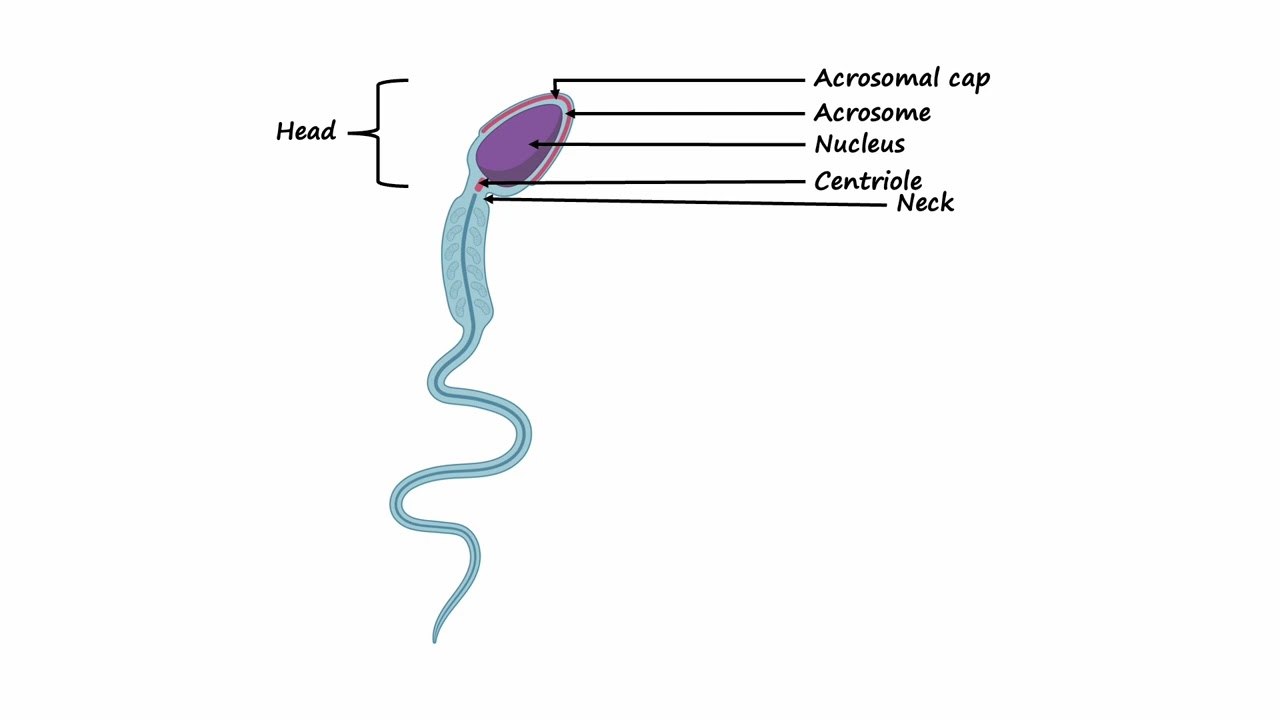
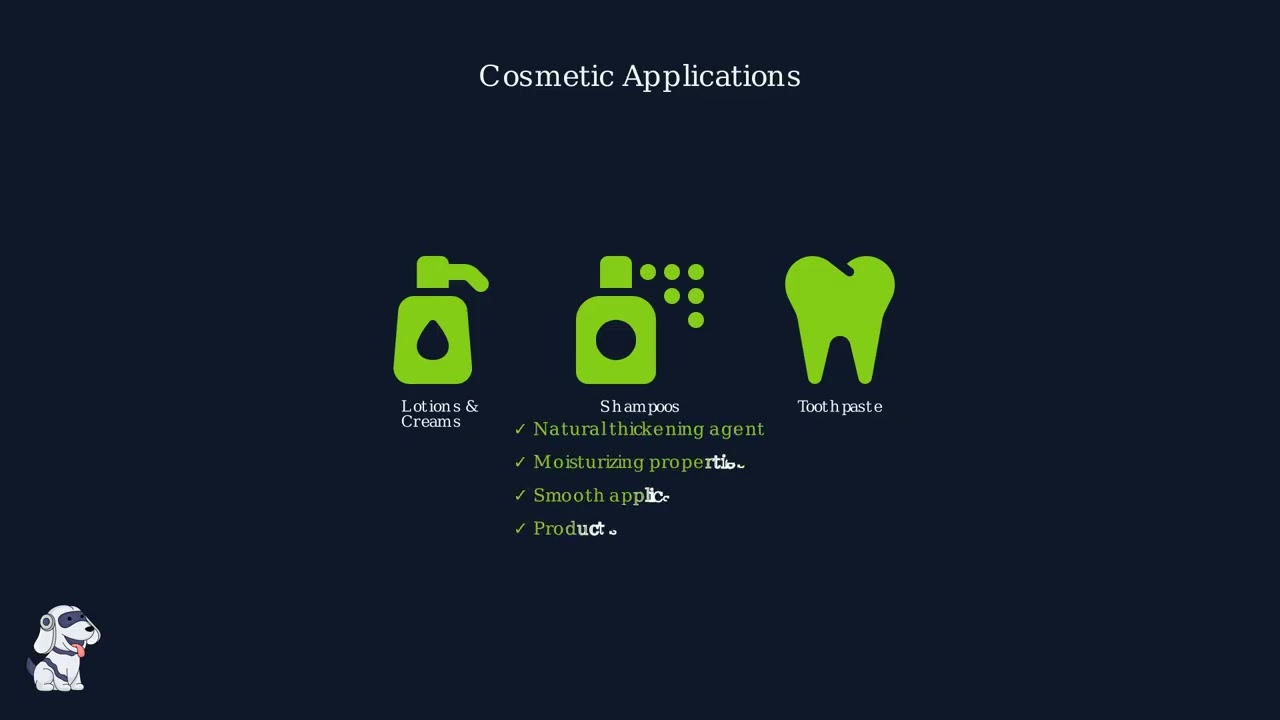
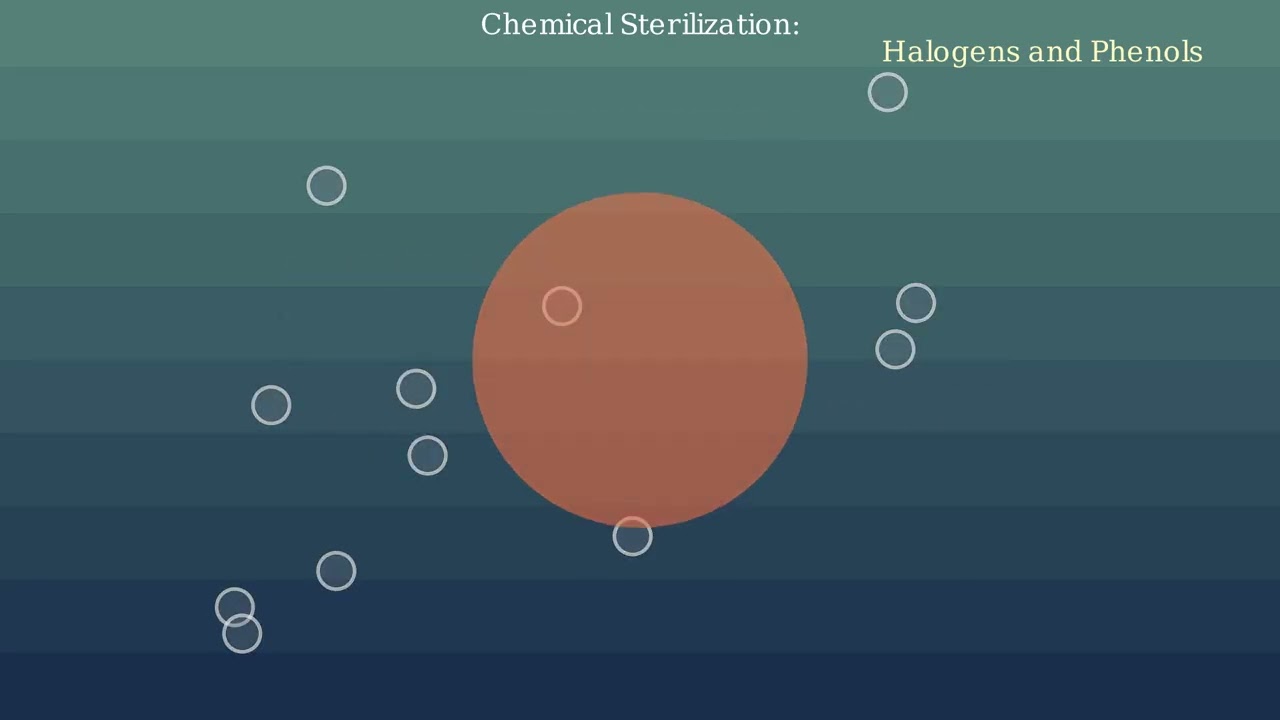
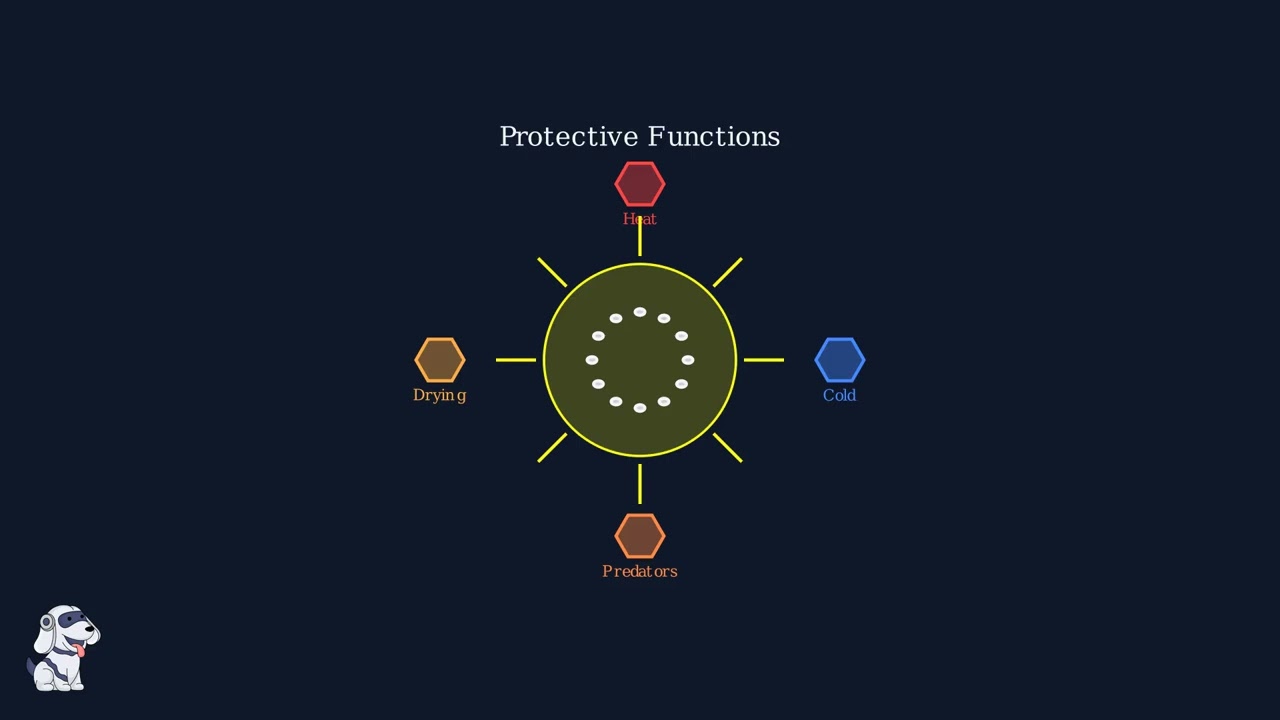

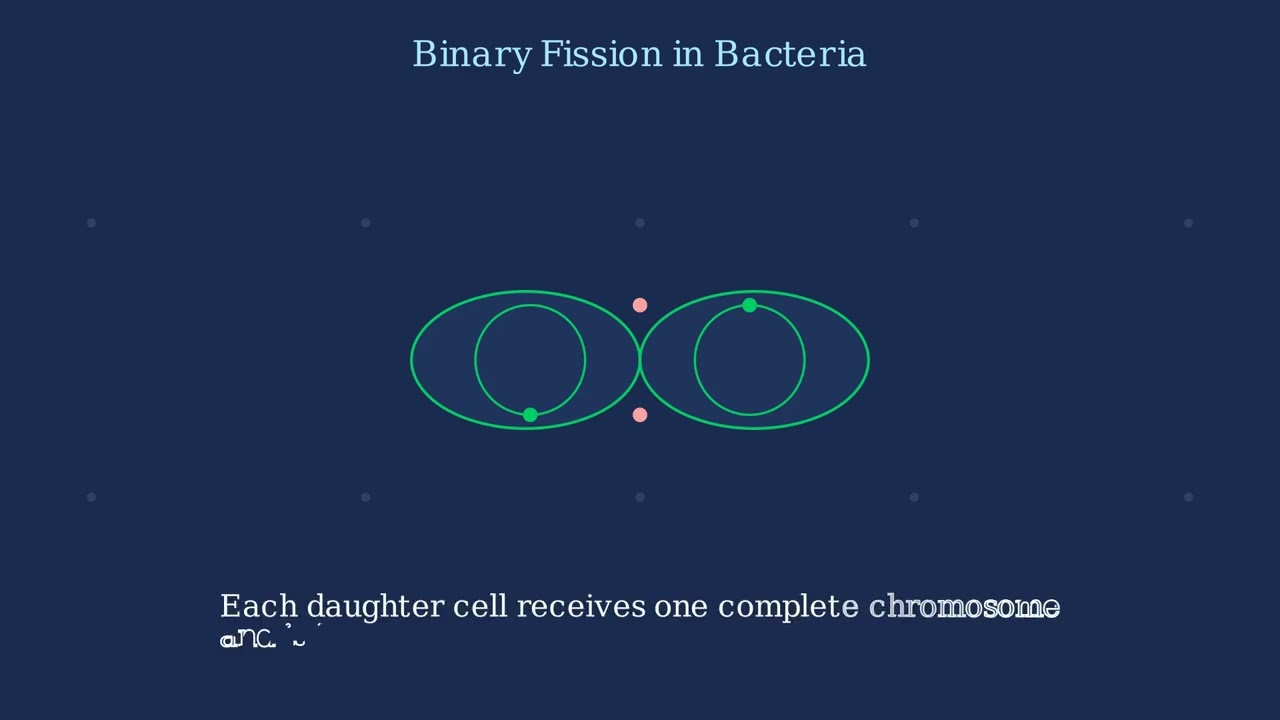
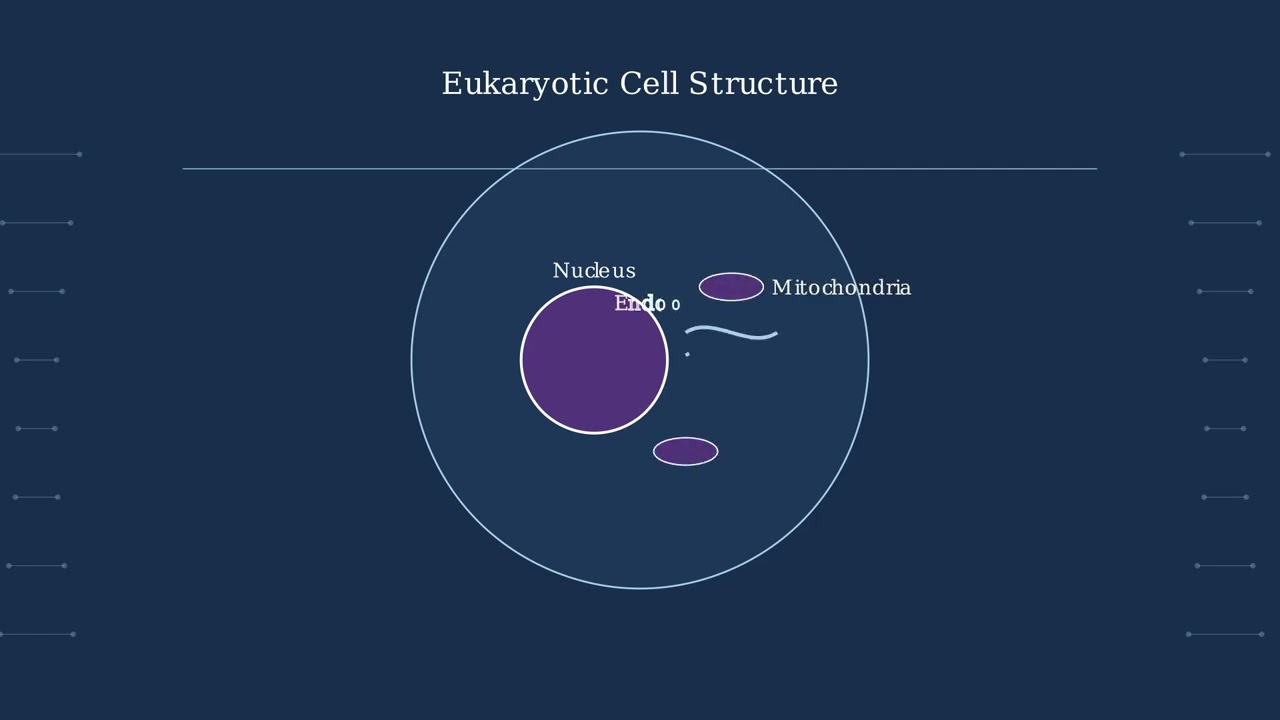

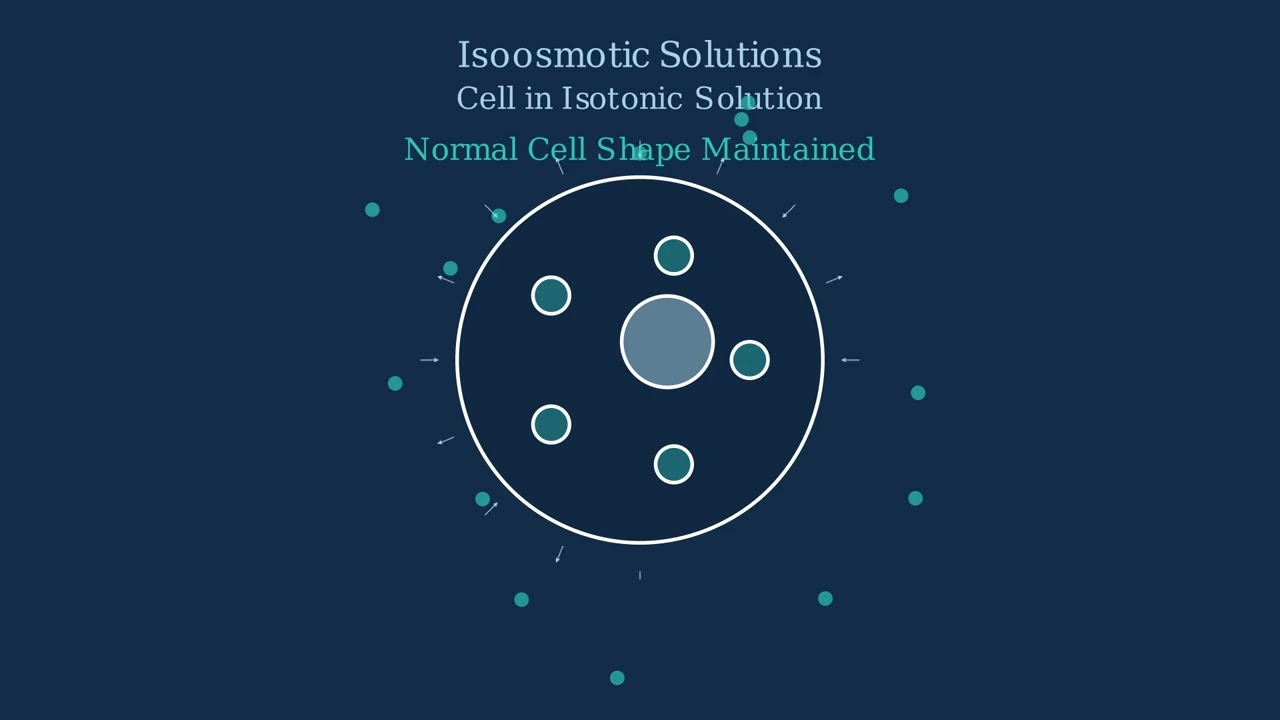
- Text Highlighting: Select any text in the post content to highlight it
- Text Annotation: Select text and add comments with annotations
- Comment Management: Edit or delete your own comments
- Highlight Management: Remove your own highlights
How to use: Simply select any text in the post content above, and you'll see annotation options. Login here or create an account to get started.